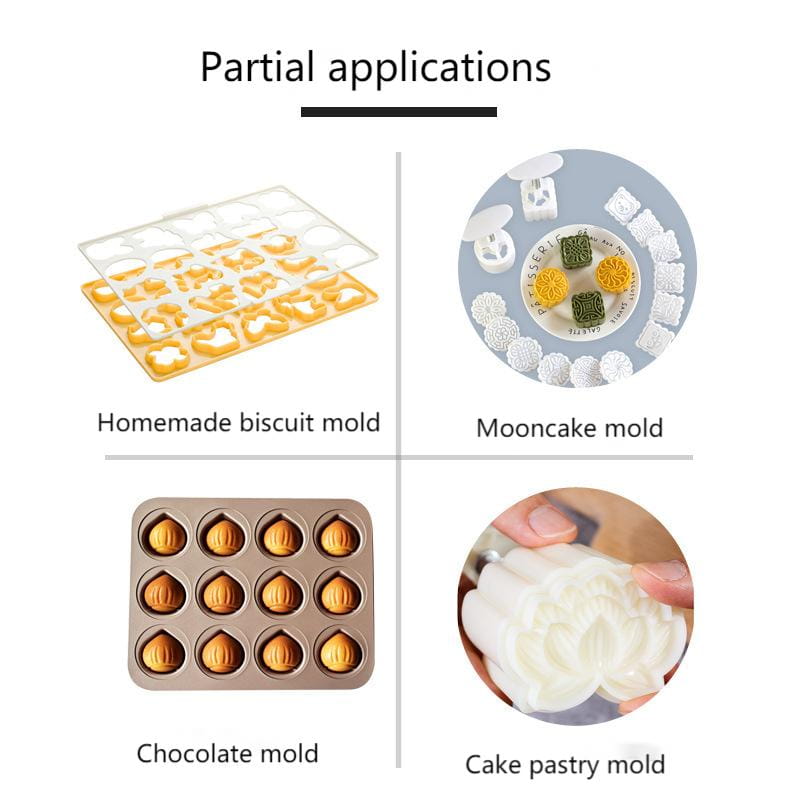Method for Hardening Food Grade Mold Silicone
 Jul 12,2023
Jul 12,2023

 Hanast
Hanast
Food grade mold silicone can be softened by adding an appropriate amount of silicone oil to the silicone, with a ratio of 5% -10%. Do not add too much silicone oil, as adding too much silicone oil can affect the tensile strength of the silicone! Alternatively, silicone can be used to adjust the silicone, which means adding low hardness silicone to high hardness silicone to neutralize the hardness of the silicone. This method has no effect on the performance of the silicone.
Method for adjusting the softness and hardness of food grade mold silicone: You can add an appropriate amount of hardener to the silicone, with a hardener ratio of about 5%. Add it to component B of the silicone and stir evenly. Is there any other way to make mold silicone harder? Let's take a look at other people's perspectives:
Viewpoint 1:
1. Increase the vinyl content and hydrogen content of hydrogen containing silicone oil.
2. Add white carbon black.
Viewpoint 2:
The hardness of silicone is mainly related to the amount of filler added and the crosslinking density of the adhesive. If white carbon black is used solely for reinforcement, under the same usage conditions, the relationship between hardness and service life first increases and then decreases, forming a parabolic shape. The hardness of silicone rubber is between 40-60 ℃, and the lower the hardness, the less complete the reinforcement, resulting in poor overall performance. The higher the hardness, the larger the amount of white carbon black added, and the damage to the structure of silicone rubber itself, resulting in poor overall performance. The cross-linking density generally has a small impact on hardness. Generally, silicone rubber used is mostly vulcanized, and its hardness is definitely lower compared to fully vulcanized silicone rubber, but its service life is much shorter than that of fully vulcanized silicone rubber.
Viewpoint 3:
Place the product in an oven and heat it up to 150 ℃ for 1 hour, 175 degrees Celsius for 1 hour, 210 ℃s for 1 hour, and finally 250℃ for 4 hours. During this period, ventilation should be used to eliminate volatile gases. This is the case for thin products, while thick products require longer secondary vulcanization time and slower heating.
Viewpoint 4:
This is easy. Firstly, when selecting the adhesive, choose the one with a shorter chain to increase hardness, while the one with a longer chain will enhance strength. Then, you can control the amount of crosslinking agent appropriately. As the crosslinking agent increases, you will observe a significant increase in the hardness of the silicone.
Viewpoint 5: After vulcanization, it becomes hard. If not enough, add some high hardness raw materials.




 Home
Home


 Demolding Techniques for DIY Candle Mold Silicone Mold
Demolding Techniques for DIY Candle Mold Silicone Mold  You May Also Like
You May Also Like







 Tel
Tel
 Email
Email
 Address
Address












